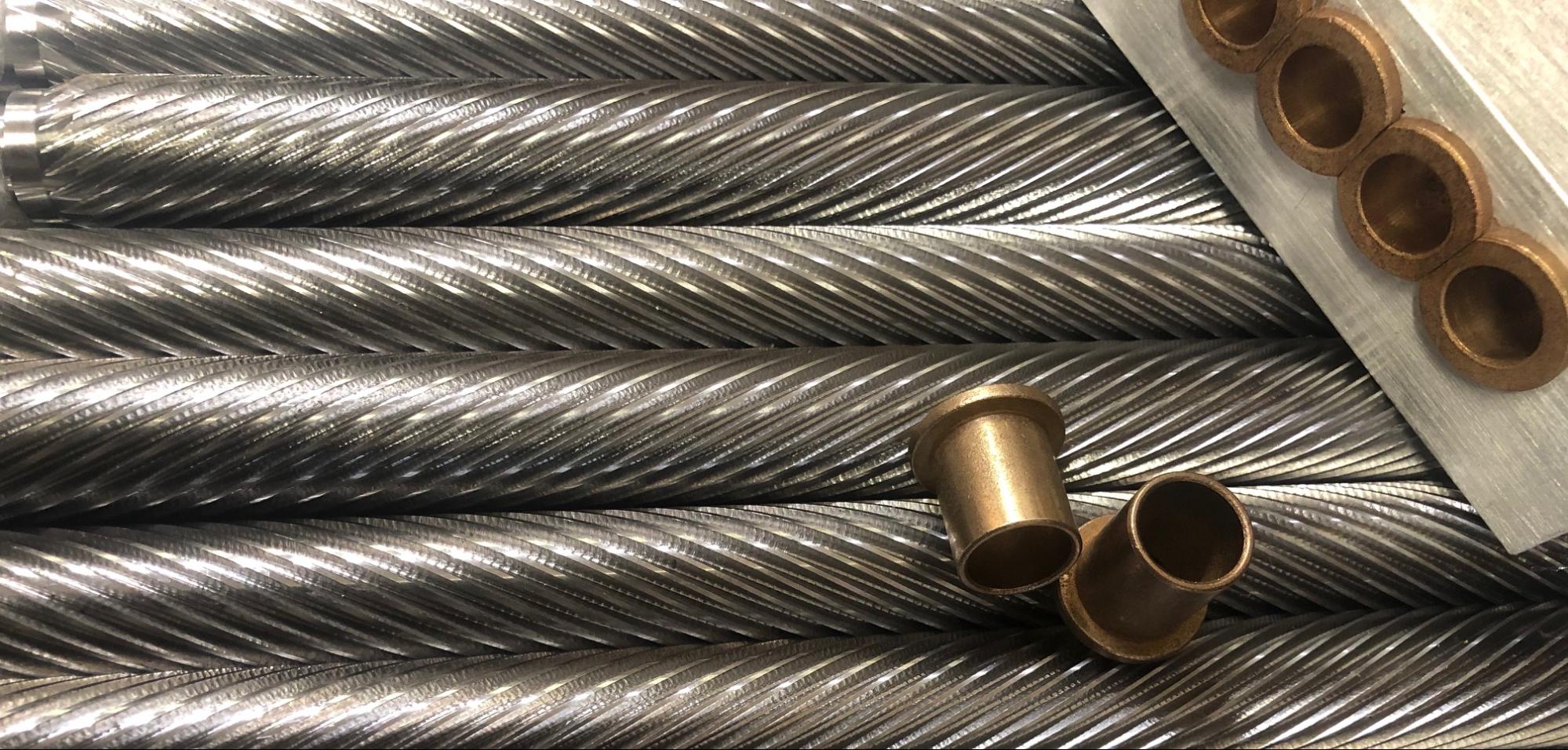
09 Apr A Quick Guide to Poultry Carcass Condemnation
Everyone wants the very best for valued customers. Giving consumers the highest quality products is the foremost concern at DeLong’s. To help bring the most healthy, nutritious, and delicious poultry products to families across America, we have compiled this quick guide of what to look for when condemning poultry carcasses to avoid diseased or unhealthy birds from making it to your table.
There are many ways a bird can be deemed unfit for consumption. A bird can have fecal matter contamination due to unclean factory conditions and failure to fully sanitize the bird before and after slaughter. Secondly, the bird can have scratches or small cuts present that make the bird susceptible to infection and disease. Cuts or scratches larger than ⅛ of an inch must be removed along with the underlying tissue in order to maintain the health of the poultry. In addition, bruises larger than a dime plus the underlying tissue must be removed as well as any breast hemorrhage bruising. Another condition called “cadaver birds” are bright red in color and easy to spot in order to rule them out for consumption. Their red color means that they were still breathing when entering the scalder.
Disease is the primary reason a bird would be deemed unfit for human consumption. There are several conditions that can rule out a bird, and these guidelines are essential for providing consumers with healthy, protein-packed poultry.
A disease called Septicemia refers to the presence of bacteria in the bloodstream of a chicken. When this disease occurs, hemorrhages on the heart, liver, kidneys, muscles and membranes are present as well as the liver, spleen and kidneys are often swollen and hyperemic.
Carcasses show signs of generalized vascular degeneration with multiple petechial to ecchymotic hemorrhages.
Another way birds can be contaminated is if the facilities are not ventilated enough, Airsacculitis will occur. This disease involves the lungs of the bird becoming filled with ammonia, inflaming the bird’s air sacs. The cilia in the respiratory system become paralyzed by ammonia and are unable to clear contaminants from the lungs.
Cellulitis or inflammatory process refers to the inflammation of tissue on the dermal and subcutaneous layers of the skin due to interaction between birds. The reason could be lack of space to spread out, inequality in temperature in the housing facility or being startled. When this occurs, they often scramble, scratching each other and causing cuts which then become infected.
Internally, birds can suffer from Marek’s disease and other viral diseases such as avian leukosis that may cause tumors to form on the liver. The USDA has deemed these birds unfit for consumption altogether and ensures that a full internal examination occurs to ensure healthy poultry.
In all, there are a number of reasons why birds can be deemed unacceptable for human consumption. At DeLong’s, we are thankful for the number of regulations, conditions we search for, and processes to weed out unhealthy chickens because it means bringing valued consumers the highest quality meat. At the end of the day, we want families across America to enjoy quality, highly nutritious and delicious poultry that will sustain them to continue changing the world one meal at a time.



